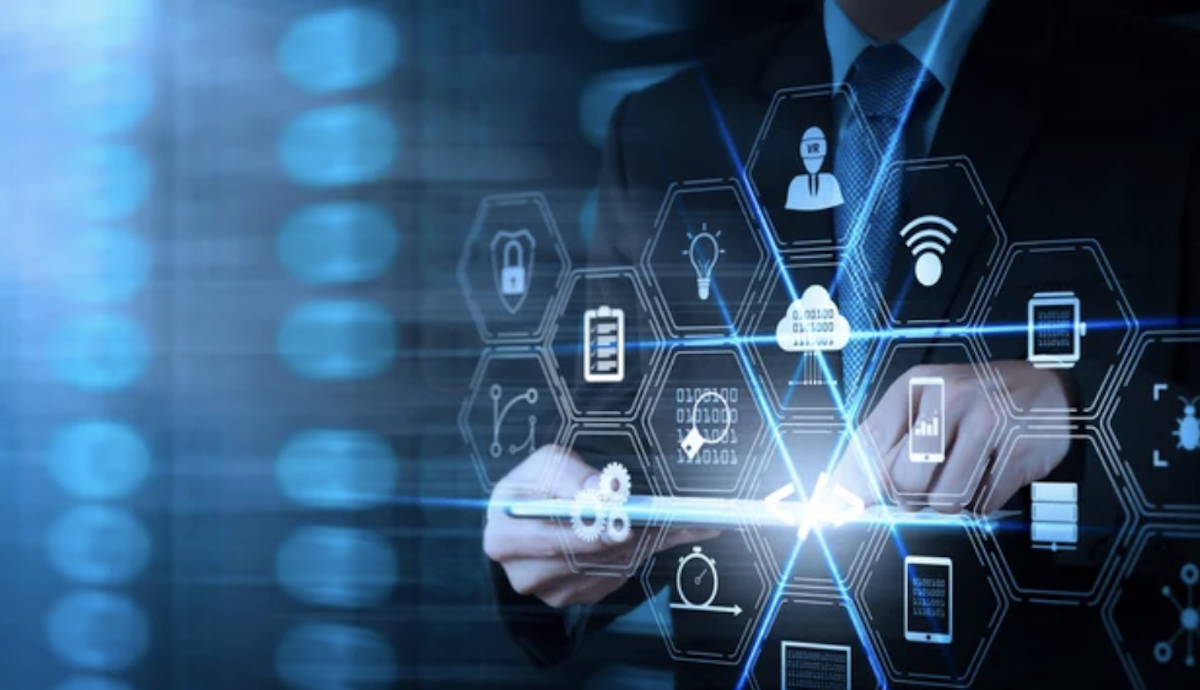Note: Originally published on DevOps.com
Since the Lean production method for manufacturing arose in the 1930s, organizations everywhere have been seeking ways to apply it to reduce waste and increase productivity. This model has served thousands of companies well, from manufacturing and product design to software development. Yet, one difficulty that comes up when discussing or applying Lean in software development is the debate about what is and isn’t considered value-added work.
Some people get defensive when certain activities are labeled non-value-add (NVA). Others argue that if a customer expects an activity and is willing to pay for it, it must be value-add (VA). From my perspective, software engineers, business leaders and others must accept the reality that it’s entirely possible for necessary processes to add no tangible value. We must understand the intent of Lean within these classifications. In doing so, we can get past the defensiveness and disagreements and move on to improvement.
Let’s explore a few examples of NVA activities that are unavoidable—and therefore necessary—to a successful software development value stream:
- Resolving important defects
- Rework to meet client specifications (i.e. after clarifying requirements)
- Project time tracking and billing (i.e. for time and materials projects)
- Complying with regulatory mandates
- Testing
Some customers expect these activities to be performed. Software professionals generally agree that all of these NVA activities can be necessary. Yet many Lean proponents will continue to insist that they are NVA and should be minimized. So, where does that leave us?
Distilling ‘Value’ to Its Essence
Regardless of how important or necessary NVA activities might be, from a Lean perspective, unless an activity is adding value to the finished product, it is technically an NVA activity. Testing is an NVA activity. Defect correction is an NVA activity. Complying with regulations, although important to protecting profit margins for the company—and an activity that might incent customers to select your product over your competitor’s due to their reduced risk—is nevertheless a NVA activity.
This is where we enter the grey area of “necessary but NVA activities that actually add a lot of value.” One prominent example is resolving defects that cannot be postponed. You’re probably shaking your head and thinking, “No way. Resolving defects increases quality which makes the finished software product more valuable to the end user. Therefore, it must be a value-add activity.”
The answer is actually, “No, it is not.” Why? While the cost of defect resolution may be incorporated into the final price tag of software, there is no line-item charge for it. Most purchasers will not pay extra for defect resolution. They’ll feel that quality software is essential to their project and defect resolution should be included.
Furthermore, they believe quality should be built-in— designed into the product and the process used to build it. That makes it an NVA activity. It’s necessary to the delivery of quality software but it doesn’t add value in the Lean sense of the term.
The truth, whether or not business leaders want to acknowledge it, is that NVA activities are built into almost every product or service. When someone goes to pick up a prescription at the pharmacy they are never asked to pay an extra research fee. When someone test drives a car and decides to purchase it, they aren’t charged for the gas they burned during the test drive. Both of those activities were necessary for the final outcome to be satisfactory to everyone, but they added no value to the effort.
The same is true for successful software delivery. Lean approaches form the foundation for modern software development, but being Lean doesn’t mean that you have eliminated all NVA activities. In fact, quite the contrary.
Lean suggests that perfection is never achieved. A Lean organization values continuous improvement and is always looking for ways to reduce NVA activities. For all software projects, some elements will always be NVA. The perpetual existence of both value-add and non-value-add are facts of life.
Optimizing Necessary Activities
Despite the fact that these activities might be necessary and, therefore, part of the project cost, they don’t have to be excessive. Responsible software professionals and the companies for whom they work will make an extra effort to reduce waste and optimize outcomes in all NVA activities.
Reducing or eliminating waste is one of the most important tenets of Lean software engineering. Waste can be found everywhere, from too many people working on a project and ineffective communication to an excessive number of manual processes, backlog mismanagement and rework.
Breaking the Stigma of “Non-Value Add”
Companies must develop quality software and sell it at a price that pays for the effort. In my experience, the way to do that is by evaluating every activity. Consider whether it is VA or NVA and whether it is essential or non-essential. Then reduce or eliminate the NVA as much as possible, even if it’s essential, and optimize the VA.
Software professionals should be ready to defend the importance of the many necessary but NVA activities that go into a quality outcome, while remaining unapologetic about calling them what they are—a process, procedure or other activity that adds no value.

Lance Knight is the President and Chief Operating Officer of ConnectALL. His responsibilities include sales, sales operations, customer success, and technical support. Previously, he held SVP/VP roles at LeadingAgile, Tasktop Technologies, and Accept Software, specializing in field operations, sales development, and customer success. Lance started his IT career with a large aerospace manufacturer where he learned about Lean Manufacturing and Systems Thinking. He’s a published author of books and white papers on leadership, software development, and software sales.


